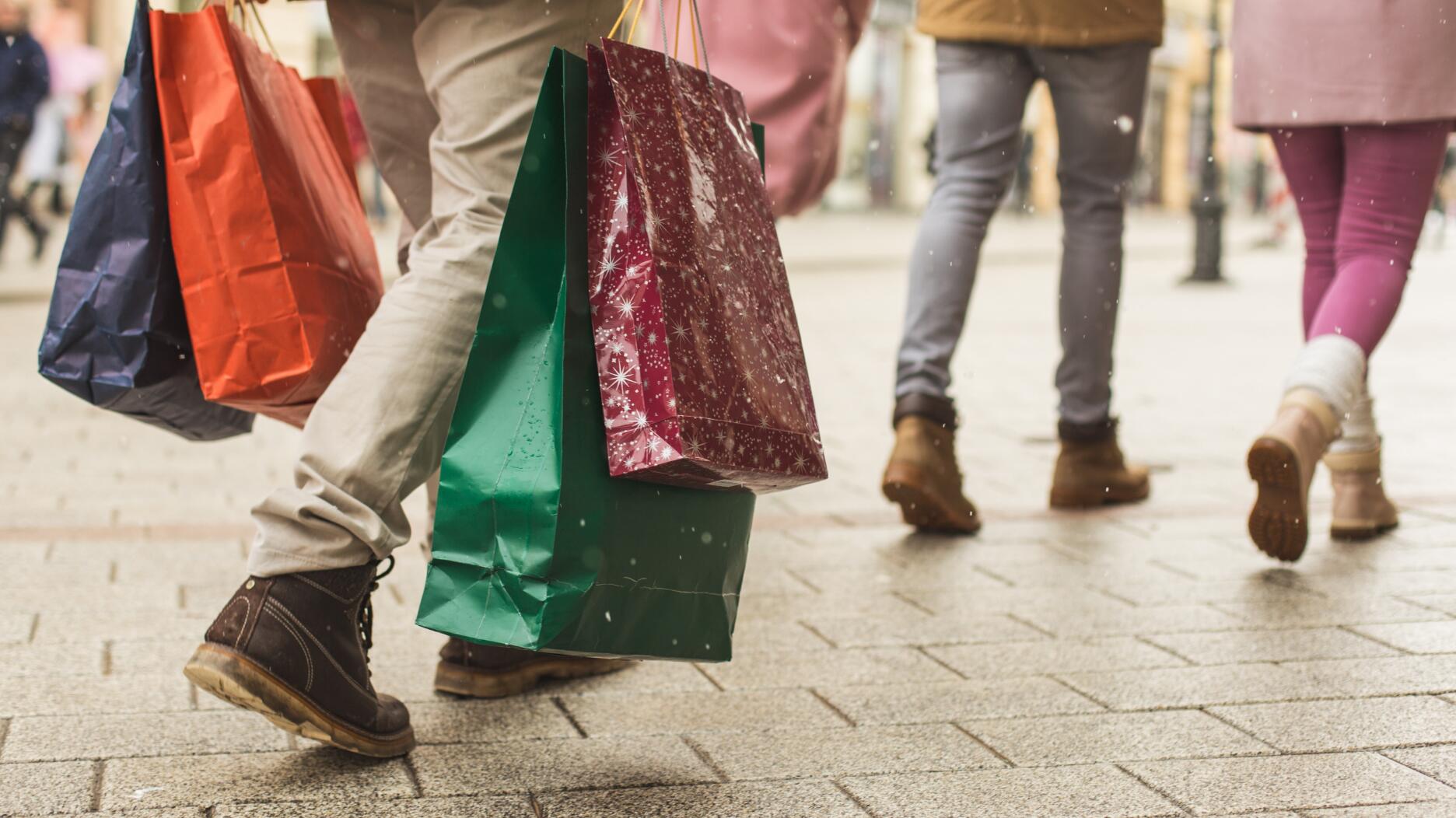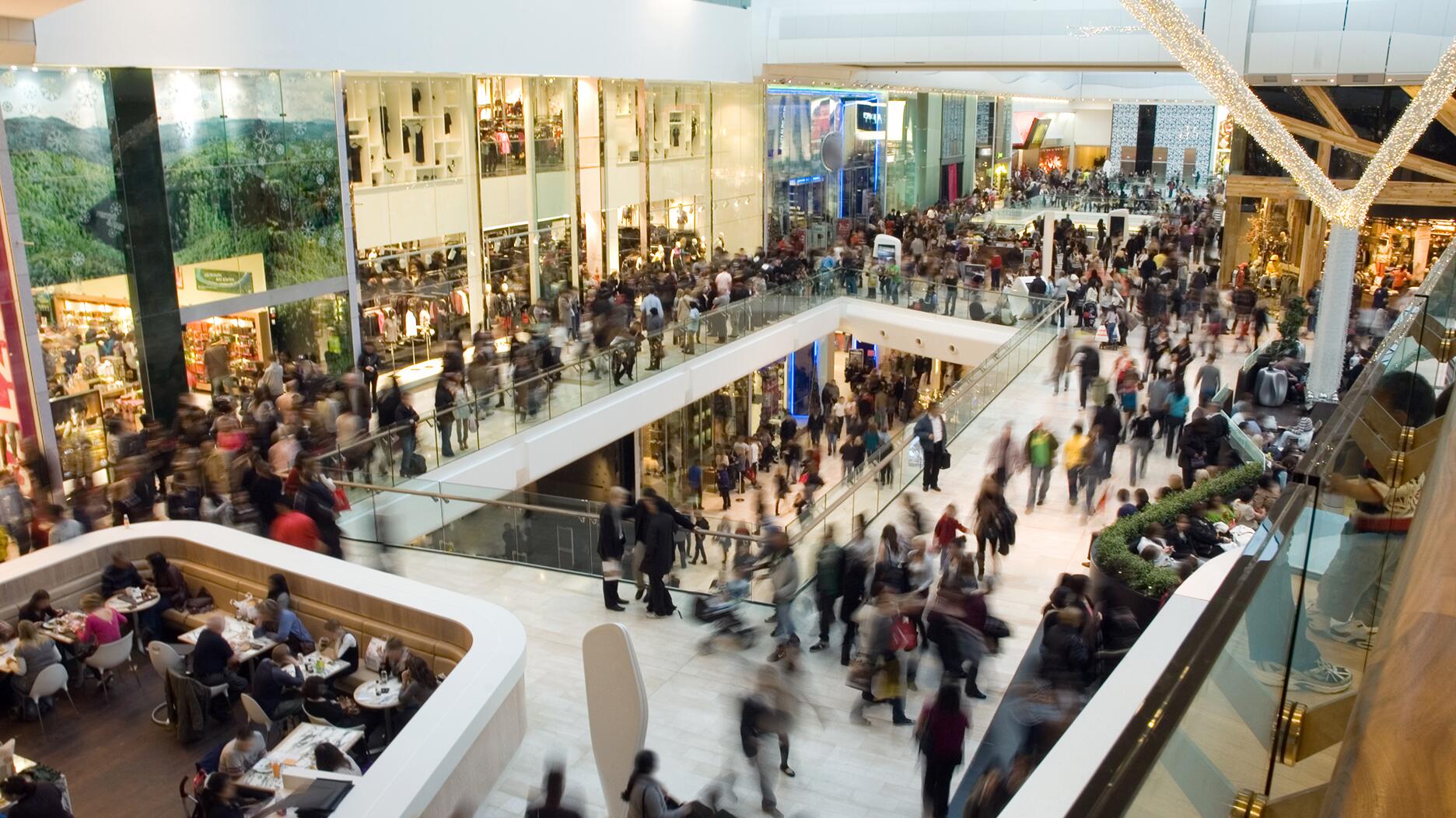5 Things Retailers Should Know About Holiday Shoppers This Year
The National Retail Federation is bullish on the holidays, forecasting retail sales to exceed $1 trillion this year.

In its annual holiday forecast, released last week, the NRF predicted retail sales will grow between 3.7 and 4.2 percent, totaling $1.01 trillion to $1.02 trillion in the period from Nov. 1 to Dec. 31.
While topping $1 trillion is a milestone, year-over-year sales growth is not expected to be quite as strong. Last year, holiday sales rose 4.3 percent year-over-year to $976.1 billion.
“American consumers may be cautious in sentiment yet remain fundamentally strong and continue to drive U.S. economic activity,” NRF President and CEO Matthew Shay said in the organization’s news release.
“We remain bullish about the holiday shopping season and expect that consumers will continue to seek savings in nonessential categories to be able to spend on gifts for loved ones.”
On a media call Thursday, NRF experts discussed the holiday season in detail, from how shoppers are feeling to the impact of tariffs and the government shutdown.
Here are the top five takeaways.
Consumer sentiment is weak, but shoppers likely will spend anyway.
Consumers are facing a variety of headwinds heading into the holiday season, from inflation and tariffs to the government shutdown and geopolitical issues.
All this has put a damper on consumer sentiment, which has fallen for the past six months, as per the Conference Board’s Consumer Confidence Index.
However, how consumers feel and how they spend don’t always align.
“[Consumer] sentiment, by historic standards, continues to be very, very low,” Shay said on the call. “And yet, they continue to spend and power the economy.”
This incongruous behavior has been present for the last five years, he said, since the lows of the pandemic.
A lot of factors play into consumer behavior, but when it comes to the holidays, many shoppers aren’t willing to sacrifice the merriment even when times are tough.
Holidays have taken on an “outsized” importance in recent years, said Shay, with spending around the winter holidays and other holidays nearing or reaching record levels.
Shay described holiday spending on loved ones as “having a moat around it,” insulated from whatever else may be happening in the world.
Money will be siphoned from other categories to cover holiday expenses.
Unfortunately, holiday cheer is not a form of currency, so shoppers will have to adjust their budgets in order to check off everyone on their “nice” list.
Shay said a CEO remarked to him recently that somehow, every year, Santa Claus always comes.
“I think that really captures the way the holiday season goes. People save for it. They plan for it. They prioritize it. And we think that’s going to happen again this year,” said Shay.
NRF Chief Economist and Executive Director of Research Mark Mathews added on the call that as prices of goods rise, consumers will find savings elsewhere, noting some consumers are pulling back on recreational spending and going to restaurants.
Former Chief Economist Jack Kleinhenz stepped down in July after around 15 years in the role but has remained with the NRF as its senior economic advisor, and plans to retire this year, said Shay.
“We expect them to continue to prioritize spending on loved ones and families. And if that costs more, they’re going to save in other areas of the economy,” Mathews said.
A separate NRF holiday survey found consumers plan to spend $890.49 per person on average this year on holiday gifts, food, decorations, and other seasonal items.
This marks the second highest per-person spend in the survey’s 23-year history, said NRF.
Price-sensitive shoppers are looking for a deal.
Speaking of savings, this year’s holiday shoppers are, of course, looking for a deal.
Consumers are price-sensitive and have adjusted their month-to-month spending, noted Shay.
“We know that they’re thinking about things much more deliberately. They’re trading down, looking for less expensive options, and trying to find value wherever they can find it,” he said.
Mathews noted that this year, a higher percentage of consumers are waiting until Thanksgiving/Black Friday weekend to shop.
“We fully expect businesses and retailers to respond to that and make sure those consumers have the opportunity to buy sale and promotional items,” Mathews said.
The government shutdown and tariffs will impact holiday spending.
Due to the federal government shutdown, now the longest in U.S. history, many federal workers are out of work or still technically employed but not receiving a paycheck.
Federal food and nutrition benefits, including the Supplemental Nutrition Assistance Program (SNAP), are mired in uncertainty.
For those traveling for Thanksgiving, the cancellation of flights could complicate their plans.
The shutdown will impact the holiday season and beyond as the loss of private-sector income hurts consumer demand, said the NRF.
“While many negative economic impacts are expected to be temporary, their magnitude will escalate the longer the shutdown lasts,” the organization said in the press release.
As for tariffs, the uncertainty and “stop-and-start nature” has proved to be a challenge for retailers and shoppers alike.
Retailers have gotten creative to try to avoid passing on price increases, noted Shay, but that’s not always possible.
While some retailers could absorb the costs, others have had to raise prices, which can deter deal-oriented shoppers.
Mathews added that low-income households are in an especially difficult position, noting that wages have been decreasing faster for those households and that any excess pandemic savings likely have been spent.
Seasonal hiring is at its lowest level in 15 years.
Retailers are expected to hire seasonal workers to meet demand, but not nearly as many as last year.
The NRF is forecasting that retailers will hire between 265,000 and 365,000 seasonal workers, which it said is in line with a slower-paced labor market.
In 2024, there were 442,000 seasonal hires.
Mathews noted that some of that hiring may have been pulled forward earlier in the years to staff holiday buying events in October.
The ongoing tariff situation also is a factor in hiring as retailers monitor spending and demand to determine whether or not to bring on seasonal help.
From tariffs to the government shutdown, there’s a lot of uncertainty surrounding the holiday season, but the NRF appears confident in the strength of consumer spending.
“We think we have good clarity on the holiday season. Nevertheless, we know that forecasting is increasingly challenging in this environment,” said Shay.
The Latest

In the recent multi-shipment seizure, CBP also found counterfeit Audemars Piguet, Moncler, and Chrome Hearts items.

Helzberg’s Chief Retail Officer Mitch Maggart shared details about its tests of a new store concept rooted in an elevated luxury experience.

Jewelers of America execs and National Jeweler editors discuss tariffs, the sky-high gold price, and the engagement that broke the internet.

How Jewelers of America’s 20 Under 40 are leading to ensure a brighter future for the jewelry industry.

The luxury goods company said founder Ippolita Rostagno will remain at the brand’s helm.


Laura Burdese, who joined the Italian luxury brand in 2022, will take on the role in July.

The National Jeweler editors revisit the most noteworthy industry happenings and design trends from 2025.

Roseco’s 704-page catalog showcases new lab-grown diamonds, findings, tools & more—available in print or interactive digital editions.

Need a gift for the cat lover who has everything? Look no further than our latest Piece of the Week.

It purchased the “Grosse Pièce,” an ultra-complicated Audemars Piguet pocket watch from the ‘20s, for a record-breaking price at Sotheby’s.

The lab-grown diamond grower now offers custom engagement and fashion jewelry through its Kira Custom Lab Jewelry service.

Chandler got his start at Michelson Jewelers and has served as DCA president and CEO since 2001. He will retire at the end of the month.

The boutique is slated to open this week inside Terminal 8, offering pre-owned Rolex watches and more to international travelers.

Sponsored by Digital Monitoring Products

The special-edition egg pendant ingested in a New Zealand jewelry store was recovered after a six-day wait.

Associate Editor Natalie Francisco plays favorites with Piece of the Week, selecting a standout piece of jewelry from each month of 2025.

The “Love and Desire” campaign is inspired by the magic that follows when one’s heart leads the way, said the brand.

Two awardees will receive free tuition for an educational course at the Swiss lab, with flights and lodging included.

Berta de Pablos-Barbier will replace Alexander Lacik at the start of January, two months earlier than expected.

Sotheby’s held its first two jewelry sales at the Breuer building last week, and they totaled nearly $44 million.

Winners will receive free registration and lodging for its fourth annual event in Detroit.

Here are six ideas for making more engaging content for Instagram Reels and TikTok, courtesy of Duvall O’Steen and Jen Cullen Williams.

The honorees include a notable jewelry brand, an industry veteran, and an independent retailer.

Carlos Jose Hernandez and Joshua Zuazo were sentenced to life without the possibility of parole in the 2024 murder of Hussein “Sam” Murray.

Yood will serve alongside Eduard Stefanescu, the sustainability manager for C.Hafner, a precious metals refiner in Germany.

The New Orleans jeweler is also hosting pop-up jewelry boutiques in New York City and Dallas.

Set in a Tiffany & Co. necklace, it sold for $4.2 million, the highest price and price per carat paid for a Paraíba tourmaline at auction.



























